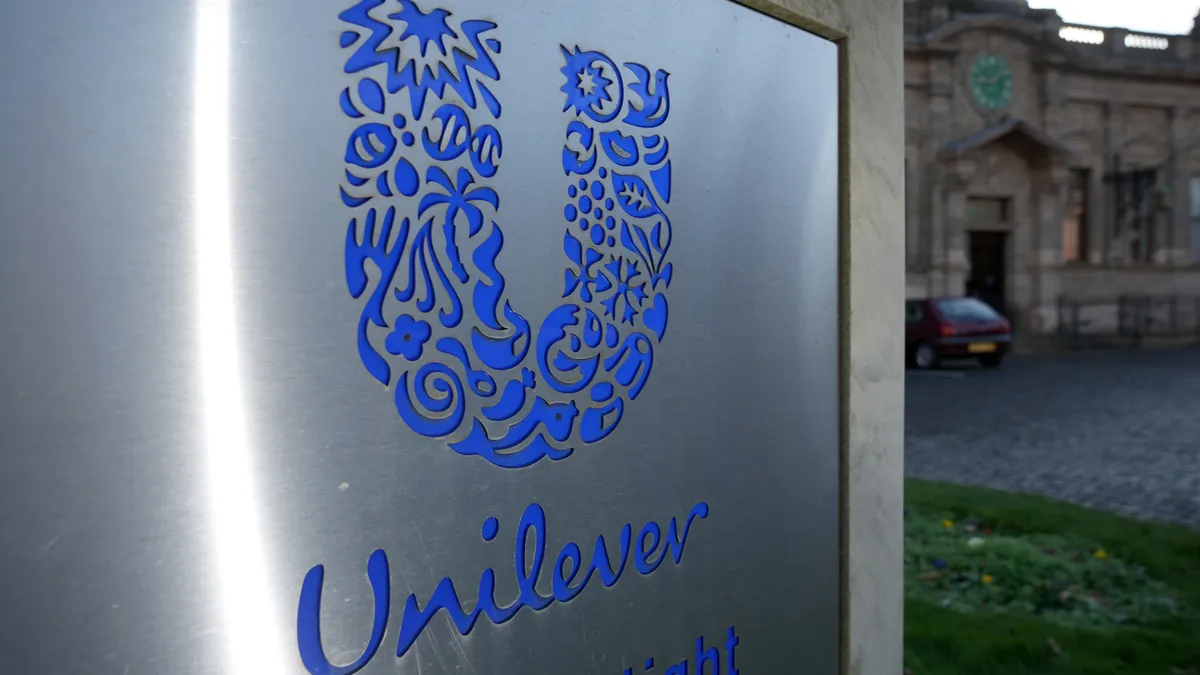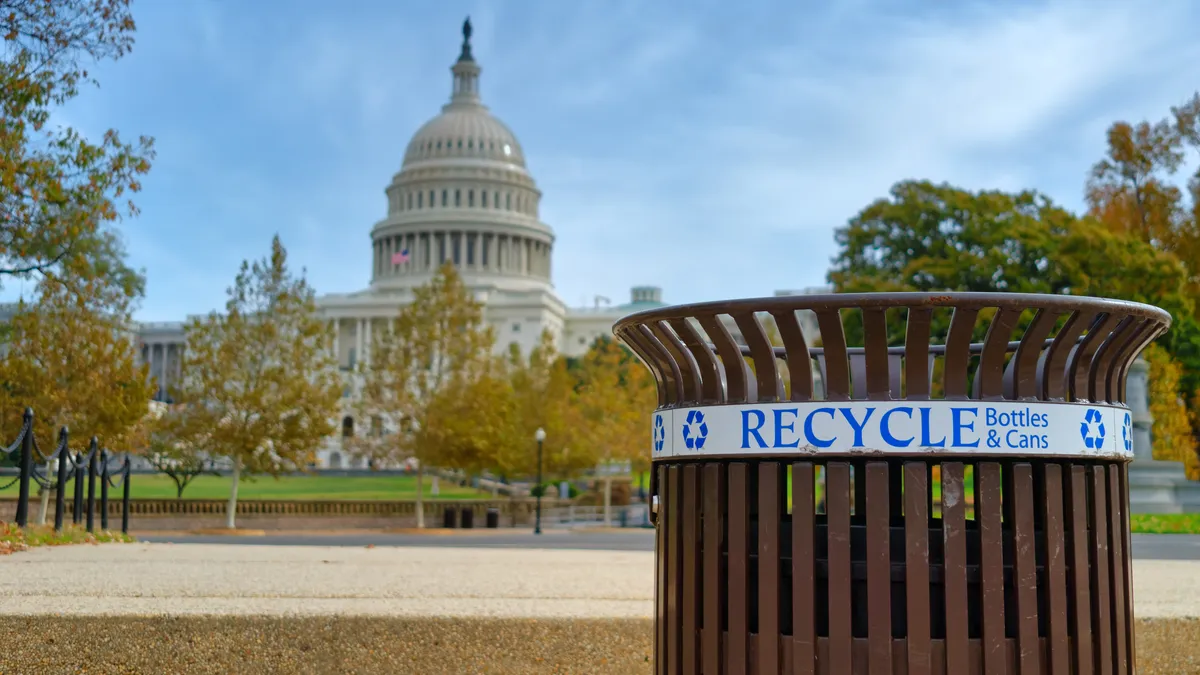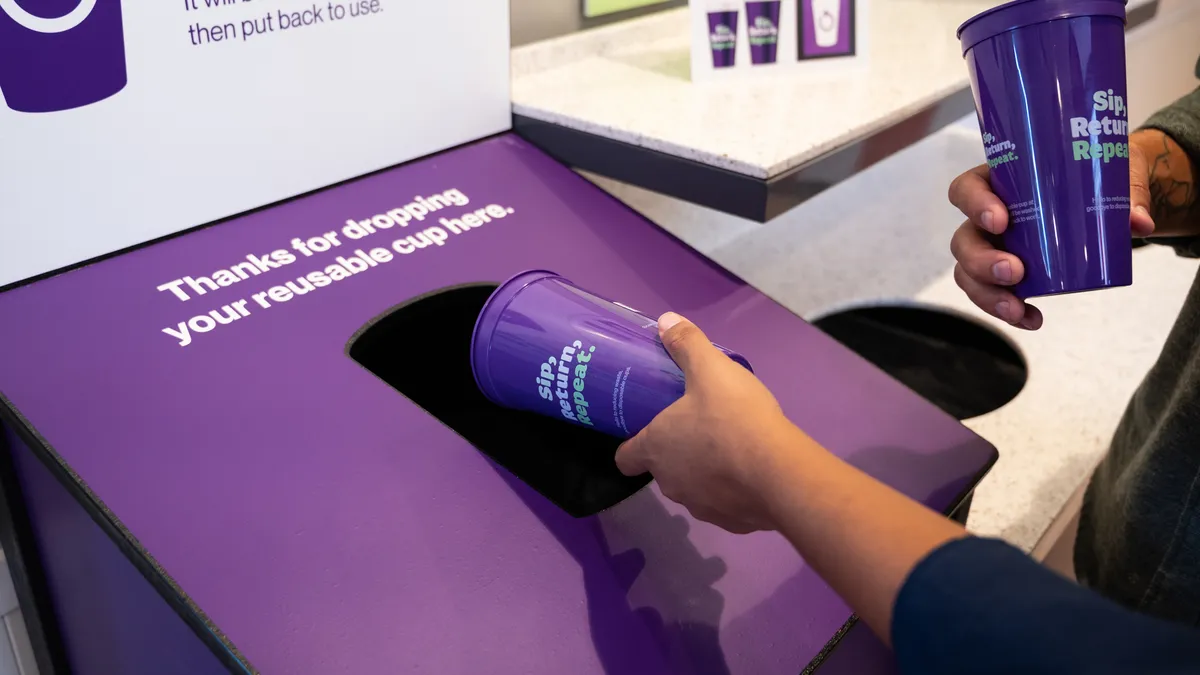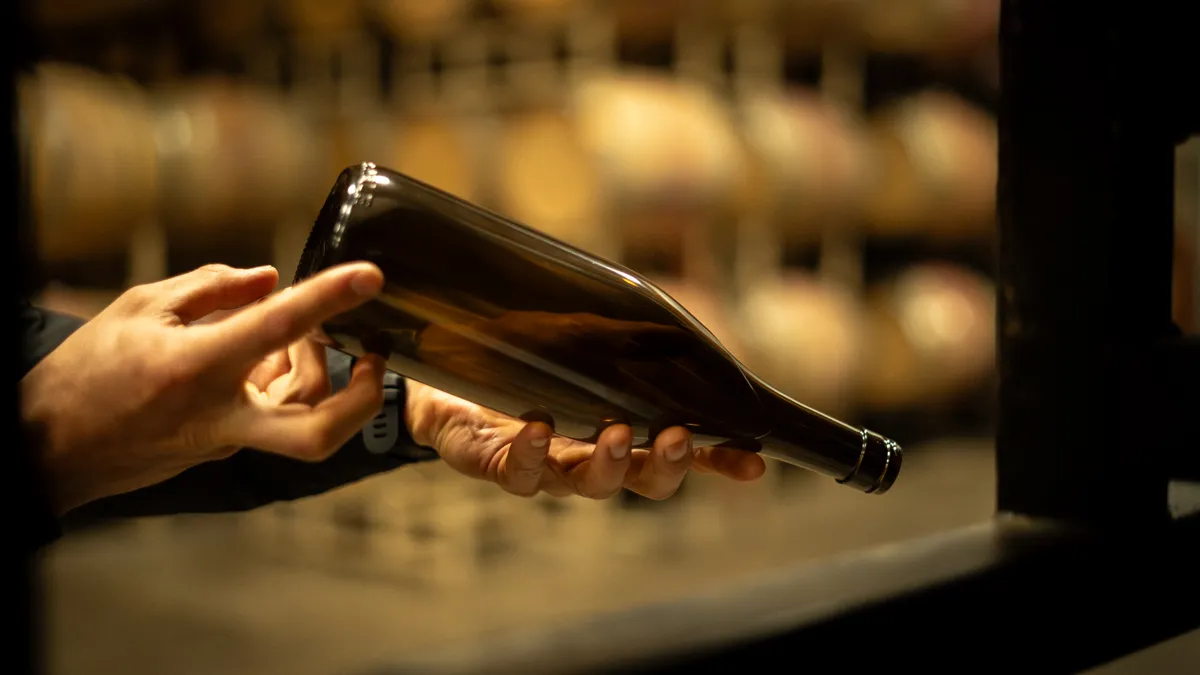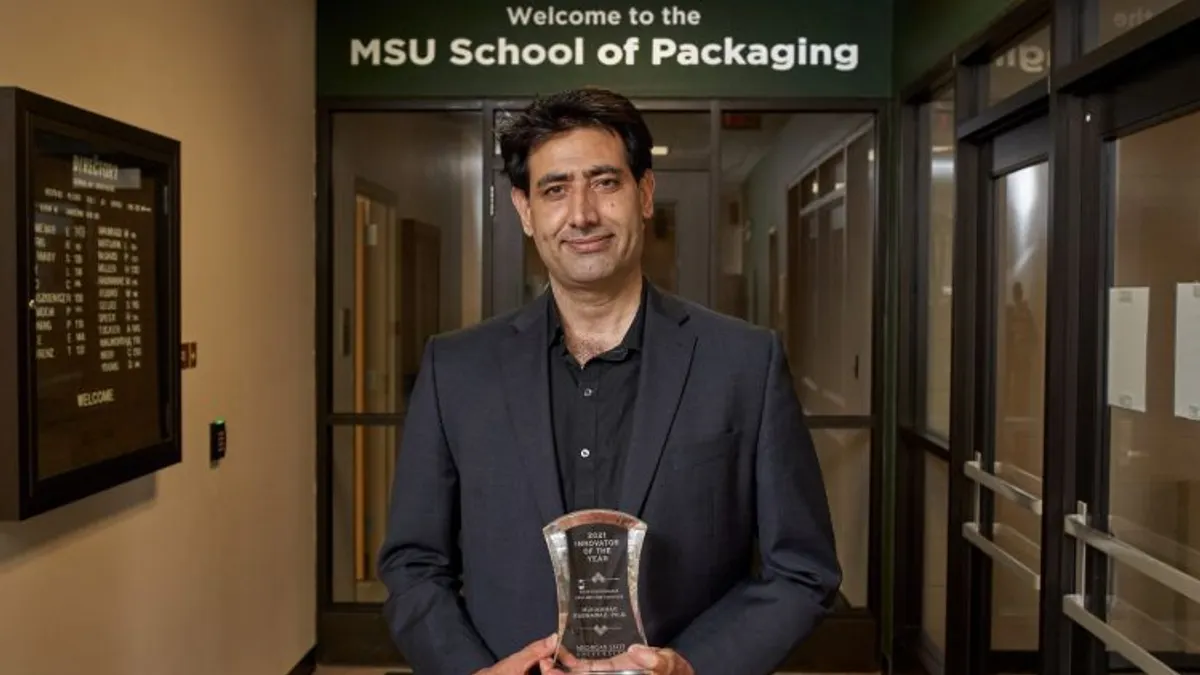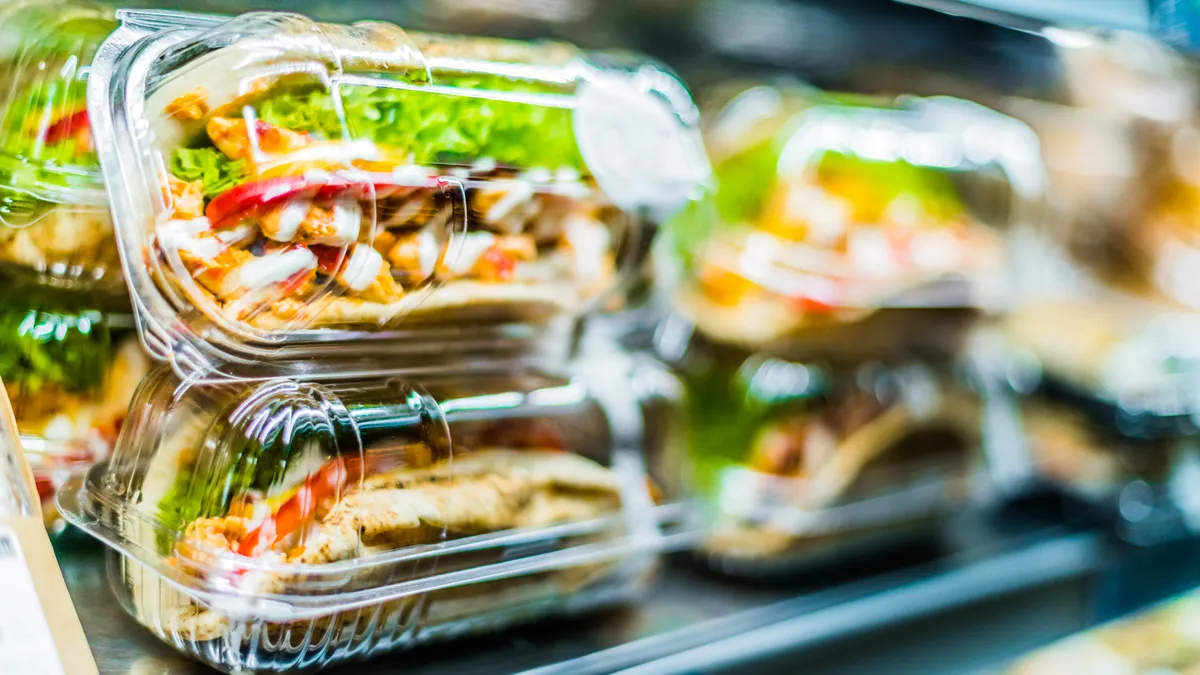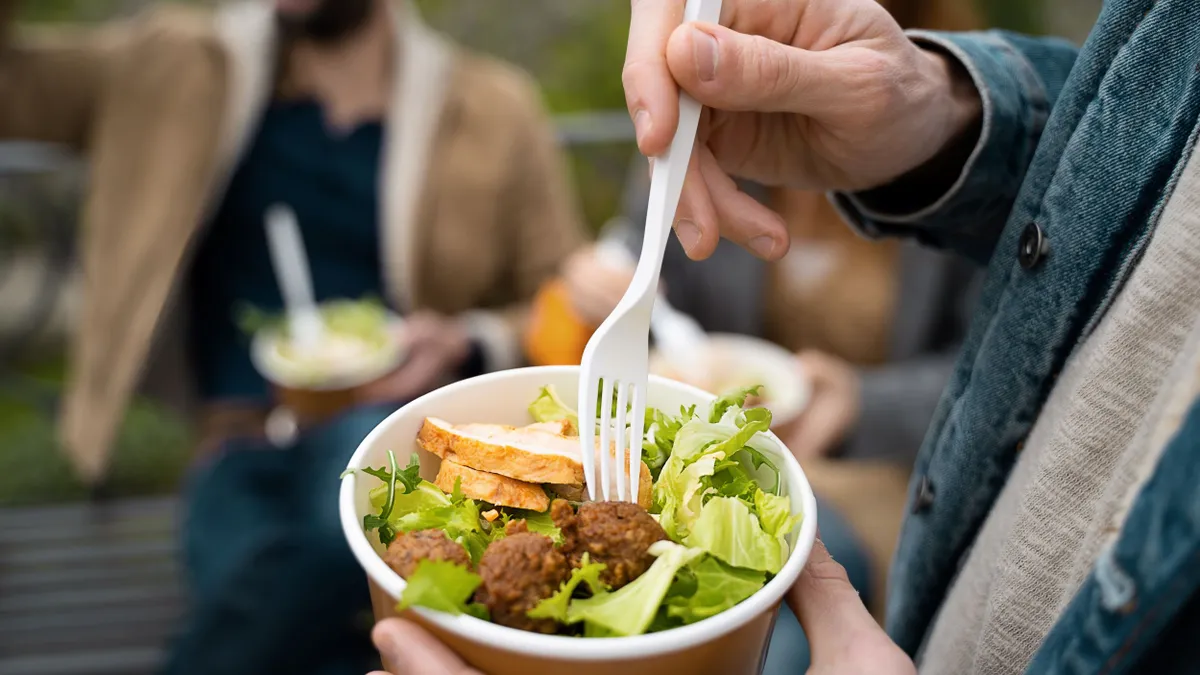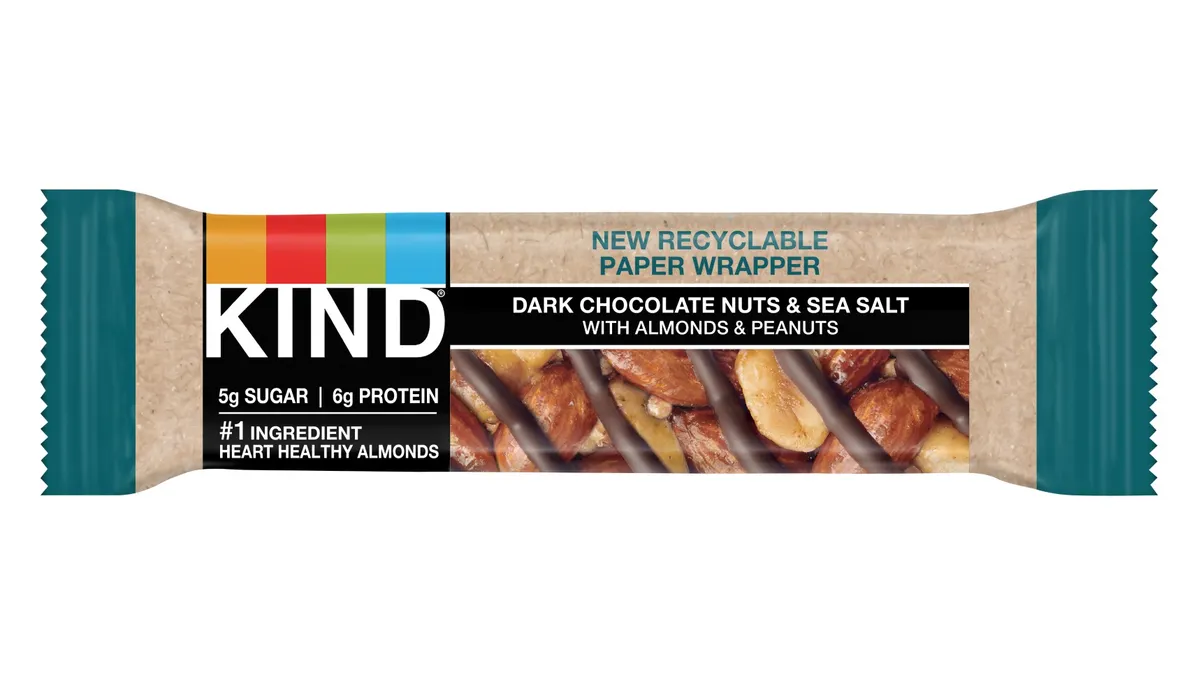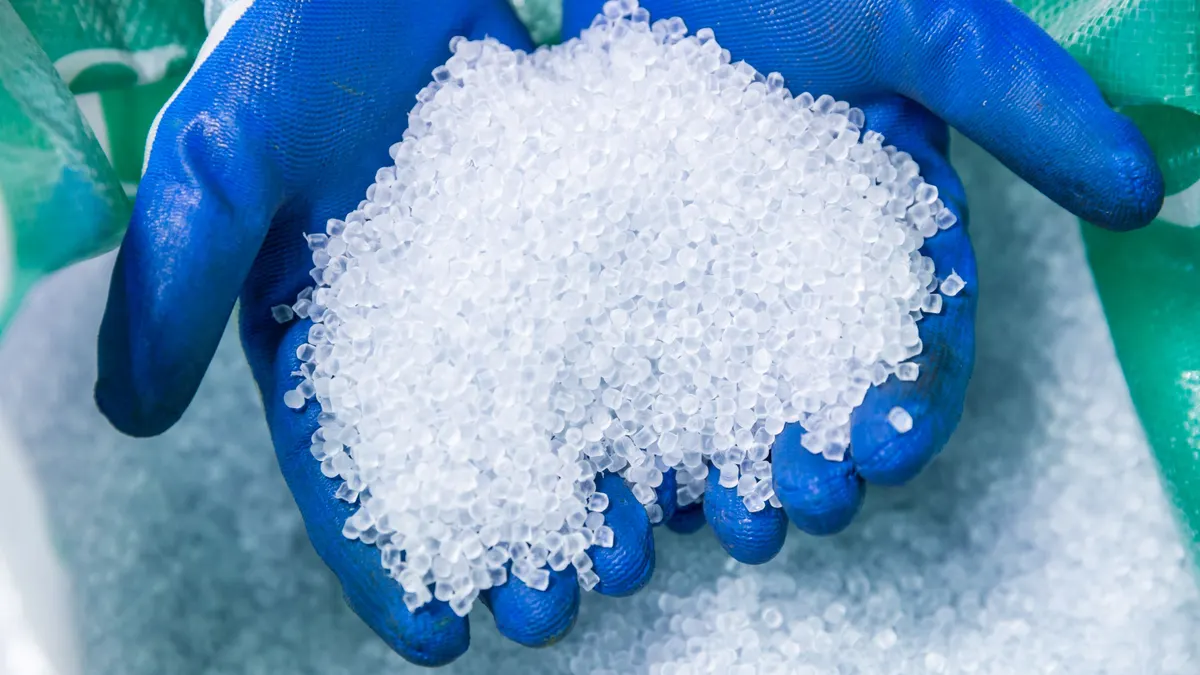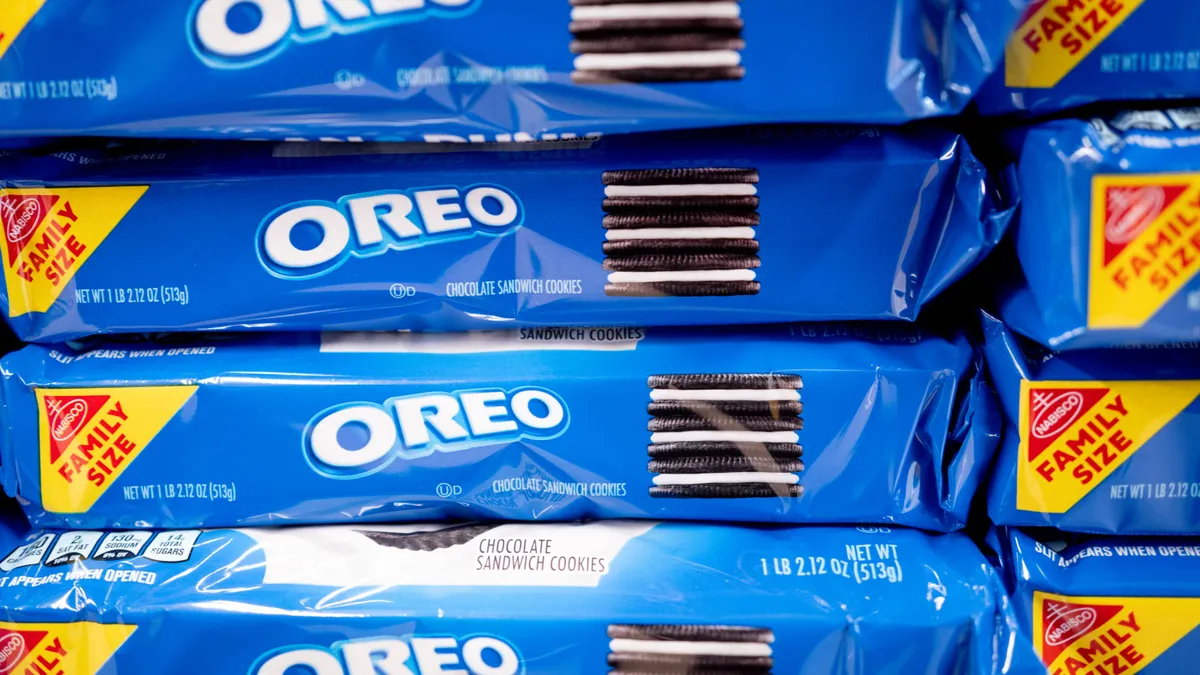Following Unilever’s announcement that it changed its sustainability targets for plastic packaging, industry observers anticipate more such changes across the industry as 2025 — a common deadline for many packaging sustainability goals set five-plus years ago — looms closer and regulatory demands evolve.
The company behind brands like Dove and Hellmann’s is now striving to reduce its virgin plastic footprint by 30% by 2026 and 40% by 2028. Previously, Unilever was pursuing a 50% reduction by 2025, from a 2019 baseline; for 2023 it reported an 18% reduction.
Additionally, it’s aiming for all of its rigid plastic packaging to be reusable, recyclable or compostable by 2030; for flexibles the target year is 2035. The company had been pursuing this 100% goal across all plastic packaging by 2025; in 2023, it was 53% of the way there. Unilever maintained its 2025 targets for using 25% recycled plastic in its packaging and collecting and processing more plastic packaging than its sells.
Considered an early leader on ESG efforts among consumer goods companies, Unilever simultaneously adjusted ESG goals around workforce diversity and wages. CEO Hein Schumacher said in an April 19 statement that the updated slate of goals is “very stretching” for Unilever but also “unashamedly, realistic.”
Unilever is not alone in preempting 2025 deadlines with such changes. On the packaging manufacturer side, SEE disclosed last year that it was preparing to revise its 2025 sustainability and materials pledge. And Starbucks last year permanently retired a goal for all hot cups to be recyclable or compostable by 2022; this year, the coffee chain said it’s now targeting all “consumer-facing” packaging to be recyclable or compostable by 2030.
What’s changed since 2018
Packaging sustainability targets largely proliferated as part of companies’ sustainability agendas in the 2018 to 2020 time period.
In 2018, the Ellen MacArthur Foundation established a “global commitment” for brands and retailers to pledge to rethink plastic packaging, seeding the U.K. Plastics Pact and other Plastics Pact groups around the world.
The commitment has since grown to involve more than 1,000 organizations. A sobering 2023 progress report from EMF showed that five years since the commitment was launched, brand and retail signatories’ share of recyclable, compostable and reusable plastic packaging had increased just two percentage points, leading EMF to state that “the 2025 target of 100% reusable, recyclable, or compostable plastic packaging will almost certainly be missed by most organisations.” The group pointed to limitations around flexible packaging and infrastructure. Virgin plastic use among the overall group of signatories had also been flat since 2018.
At the same time, the foundation reports that Plastics Pacts worldwide have increased design for recyclability, compostability and reuse by 23%, and they have grown recycled content in packaging by 44%. EMF said this week it will release a report on lessons and impacts from six years of the Plastics Pact Network in June.
The U.S. Plastics Pact launched in 2020 with four topline targets and a roadmap to 2025, including the aim to make all plastic packaging recyclable, compostable or reusable by 2025. Its list of participants — which includes Unilever, along with materials manufacturers and labels like Amcor, Avery Dennison, Eastman, Clorox, Kraft Heinz and dozens of others — account for one-third of all U.S. plastic packaging production by weight. In 2022, the group said about 48% of all plastic packaging put on the market by USPP participants was recyclable, compostable or reusable.
“I think as an industry we’re much more knowledgeable about what is feasible, what's possible around the sustainability targets,” said Gartner’s John Blake, a senior director analyst focused on packaging.
At the start of 2023, Gartner research suggested that 20% of brands, especially CPGs, would move away from a common 2025 goal to make packaging recyclable, reusable or compostable as they realized the feasibility of fully achieving that target was slipping from reach. At the time, Gartner predicted that companies would instead favor reducing packaging’s carbon footprint.
“I've anticipated some changes leading up to 2025, so we're starting to see those,” Blake said. In the last year, he’s seen some companies focus on reducing packaging waste and lowering reliance on virgin plastic.
Companies that initially set aggressive targets have since learned more about the supply and availability of recycled content, compatibility of recycled content in different products and what gets recycled in practice in different parts of the U.S. and world, Blake said.
While it’s not necessarily clear whether companies consider the 2025 target to apply to the start of the year or the end, at this point it should be clear whether there’s a path to achieve the 2025 targets on time, Blake said. “Everybody should have a really good feel for where they're going to be even by the end of 2025 at this stage.”
The future of goal-setting
The reality for many that 2025 goals won’t be met in full isn’t the only driver of change.
Emerging regulations, including U.S. extended producer responsibility laws, will shape goals going forward, said Cheryl Baldwin, vice president of sustainability consulting and marketing and business development at Pure Strategies. (Pure Strategies lists Unilever as a client, but did not work on Unilever’s plastic packaging targets, Baldwin said.)
Baldwin, speaking broadly, said regulations create “additional considerations that might shift the way some of the goals are being framed up or how they might be achieved over time,” Baldwin said. “So I do expect that the goals are going to change as we get closer to 2025.”
Regulations won’t just reshape goals, they will also drive more companies to set goals, Baldwin noted. That growth could also mean greater diversity of types of goals. EPR and recycled content laws will push companies beyond “that standard end-of-life reusable, recyclable, compostable target,” Baldwin said.
That could manifest as more company-specific goals going forward. “I think there is a need to really tailor the goals to a manufacturer’s packaging that they're using, and their products,” Blake said. “I think what we found is just having a blanket goal,” regardless of the product, industry or packaging, “has not proven to be viable.”
As U.S. regulations elevate the importance of packaging for a lot of companies, Baldwin noted that they’ll need to consider how packaging might fit into climate, nature or circularity goals.
“That's one of the things that I think will probably come over time for some of these companies, is having that bigger picture of their overall aims,” Baldwin said. Rather than just a “regulatory compliance check-the-box sort of exercise, they'll see some of the strategic opportunity and kind of look broader.”
For companies changing goals, transparency ahead of key dates has been a good practice so far, Blake said.
“Acknowledge what's been able to be delivered and where there’s still challenges,” Blake said, noting that while companies have pulled back from certain aspects of sustainable packaging, they may have doubled down in others. Blake said Gartner will also continue to monitor whether there’s backlash to such changes or claims of greenwashing.
For organizations setting up a sustainable packaging strategy, Blake said a key first question is: What does sustainable packaging mean to your organization? It could encompass packaging’s carbon footprint, recyclability, use of recycled content, lack of virgin plastic or other factors. “There is no singular definition,” Blake said. “We're starting to see a little bit more granularity in the specifics of the goals.”



